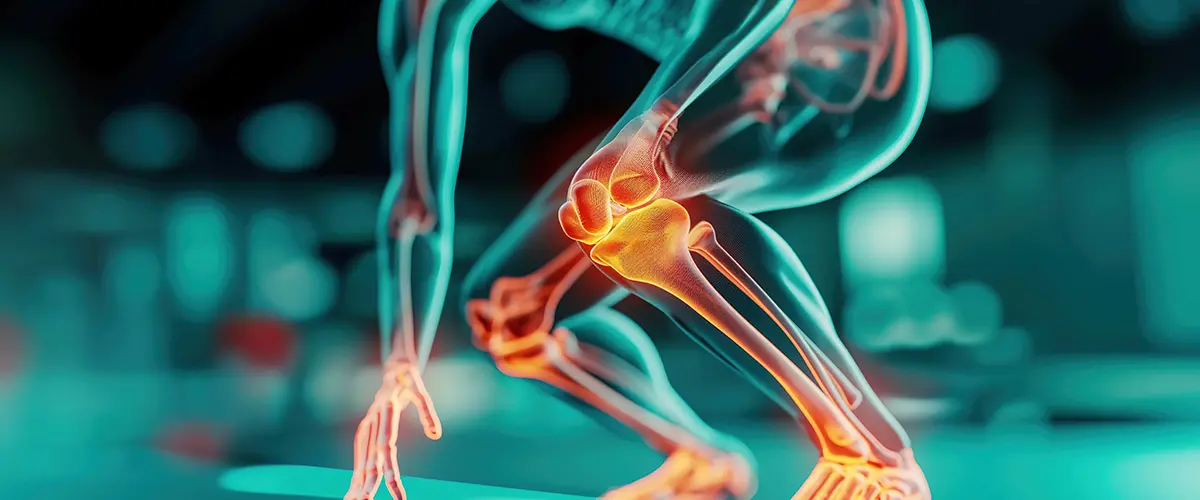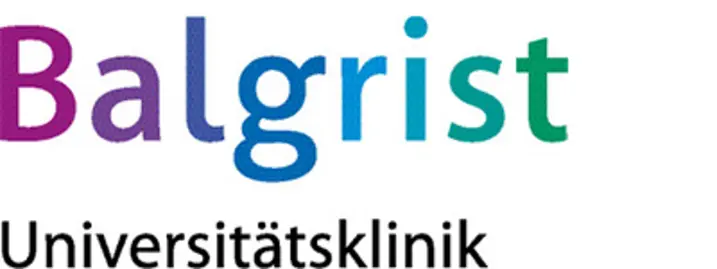The FeHBI study
This research project is investigating the association between hormones, movement patterns and ligament injuries in women.
Injuries to the ligaments of the knee and ankle joints are among the most common sports injuries in our society. The anterior cruciate ligament and the ligaments of the ankle are affected most frequently, with females having a significantly higher risk of injury. Far-reaching consequences for the affected female athletes include limitations in daily life, lengthy rehabilitation processes, and the uncertainty of ever returning to their original performance level. Additionally, there are long-term effects such as osteoarthritis, which entail immense healthcare costs for society.
Background
The exact mechanisms explaining the higher risk for ligamentous knee and ankle injuries in females are still unknown. There is evidence that the mechanical properties of the ligaments change in relation to the cyclic fluctuations of female sex hormones. This could result in altered movement patterns and risk of injury. However, the exact relationship between sex hormones, movement patterns, and injuries has not been studied over an extended period. Consequently, there is a lack of consistent data on how menstrual cycle phases and hormone profiles influence injury risk.
Objective
In this research project (FeHBI study: Females, Hormones, Biomechanics & Injuries) the fluctuations of female sex hormones during the menstrual cycle will be studied over an extended period to determine their influence on movement patterns and ligament injuries of the lower extremities. For this purpose, the individual movement patterns and hormone profiles of female athletes will be recorded at various timepoints during two menstrual cycles and potential ligament injuries will be analyzed. The aim is to identify movement patterns with an increased risk of ligamentous injuries of the lower extremities and to understand the relationships between the biomechanics of these movement patterns, hormone profiles, and the increased risk of injury.
Method
The research project is divided into two parts.
- Part 1 runs for 4 menstrual cycles. In the first two cycles, after a strength a mobility assessment, the participants document their menstrual cycle including ovulation tests. During the second two cycles, movement patterns are analyzed at 8 time points using different movement tests (approximately 2 hours). Additionally, blood hormone concentrations will be measured on these days.
- In Part 2, participants who regularly engage in sports with stop-and-go movements will be followed up. They report their menstrual cycle and activity level monthly. In case of an injury, an additional blood sample is taken, and a detailed analysis of the injury mechanism is conducted.
Inclusion criteria
- Female sex
- Age between 18 and 34 years
- Sporting activity between 3 and 10 hours per week
- Menstrual cycle length between 24 and 35 days, at least 9 menstrual cycles per year
- No injuries in the past 6 months that required medical treatment or rehabilitation
- Ability to perform jumps and cutting movements
- BMI < 28 kg/m2
- Willingness to independently conduct hormone measurements (minimally invasive)
Exclusion Criteria
- Complete rupture or surgical reconstruction of ligaments in the lower extremities
- Acute or chronic diseases (neurological, cardiopulmonary, musculoskeletal, untreated endocrinologic)
- Pregnancy or breast feeding
- Use of systemic effective hormonal contraceptives
- Any kind of hormone replacement therapy in the past three months
Procedure
Part 1: Independent documentation or procedures at home:
- Documentation of the menstrual cycle including ovulation tests (during 4 months)
- Blood sampling using a device specifically designed for obtaining a blood sample independently (8 times)
- Participation in physical examinations at ZHAW Zurich University of Applied Sciences:
- Strength and mobility assessments (1 time)
- Biomechanical analysis of different functional tasks such as jumps, cutting movements (8 times over 2 menstrual cycles), etc.
Part 2: Participants who regularly engage in sports with stop-and-go movements will be followed up:
- Monthly documentation of the menstrual cycle
- Monthly documentation of activity level and medication intake
In case of an injury, the participant's hormone profile is measured again, and she will be interviewed about the situation in which the injury occurred.
Project Organisation
Project leadership
- Prof. Dr. Eveline Graf, Institute of Physiotherapy
Project duration
- April 01, 2024 – March 31, 2028
Project team
- Jürgen Degenfellner, Seraina Friedli, Sophia Hürlimann, Sandra Kündig, Dr. med. Sabrina Vollrath, Dr. med. Nora Wieloch, Annika Zind
Scientific advisory board
- Prof. Dr. med. Ludwig Kiesel, Münster University Hospital
- Prof. Dr. med. Johannes Scherr, Balgrist University Hospital
- Prof. Dr. Darren Stefanyshyn, University of Calgary
- Prof. Dr. med. Petra Stute, Bern University Gynecological Hospital
Funding
- The research project is funded by a contribution from the Swiss National Science Foundation.
Project status
- Current
Are you interested in taking part in FeHBI study?
- Prerequisite for participation in the FeHBI study is: Very good knowledge of German.
- Information on participating in the FeHBI study and how to register can be found here.


